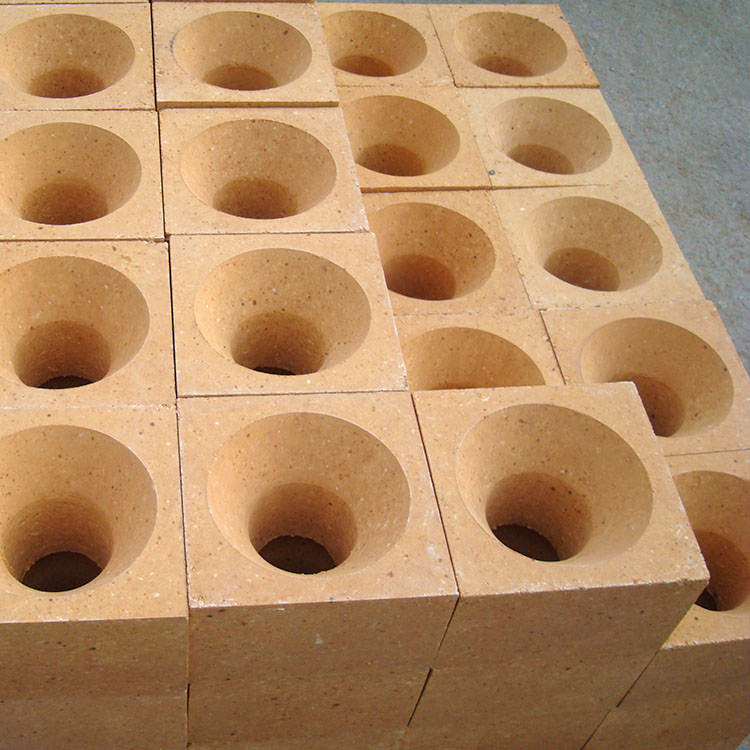
In high - temperature industrial kilns, the choice of refractory materials significantly impacts the firing quality and equipment stability. This article delves into the performance differences of commonly used kiln furniture materials in high - temperature industrial kilns, especially focusing on materials such as cordierite, mullite, and corundum.
The physical and chemical properties of refractory materials are crucial factors affecting their performance in industrial kilns. In the temperature range of 1000ºC to 1300ºC, different materials show distinct characteristics. For example, cordierite has a relatively low thermal expansion coefficient, typically around 1.5 - 2.5×10⁻⁶/ºC. This low thermal expansion coefficient gives it excellent thermal shock resistance, allowing it to withstand rapid temperature changes without cracking easily.
Mullite, on the other hand, has good high - temperature strength and creep resistance. Its high - temperature strength can reach 100 - 200 MPa at 1200ºC, which is beneficial for maintaining the shape and structure of kiln furniture under high - temperature and long - term load conditions. Corundum has extremely high hardness and melting point, with a melting point above 2000ºC, making it suitable for applications in ultra - high - temperature environments.

Many technical personnel and managers in industries such as ceramics, metallurgy, and glass often fall into some misunderstandings when selecting refractory materials. One common misunderstanding is overemphasizing the high - temperature resistance while ignoring other important properties. For example, some may choose a material with high melting point but poor thermal shock resistance, which can lead to cracking of the kiln furniture during rapid heating or cooling, affecting the normal operation of the kiln and the quality of the products.
Another misunderstanding is blindly following the experience of others without considering the specific working conditions of their own kilns. Different industries and different kiln types have different requirements for refractory materials. For instance, the requirements for refractory materials in a ceramic kiln are different from those in a metallurgical furnace.
Let's take a ceramic factory as an example. Initially, they used a certain type of refractory material without fully considering its thermal shock resistance. As a result, the kiln furniture often cracked during the firing process, leading to frequent shutdowns for replacement. After analyzing the problem, they switched to cordierite - based refractory materials with better thermal shock resistance. The frequency of kiln furniture replacement decreased from once a month to once every three months, and the production efficiency increased by about 20%.

To select the most suitable refractory material, it is necessary to conduct performance tests. For thermal shock resistance, the number of times the material can withstand rapid heating and cooling cycles without significant damage can be used as an evaluation index. For creep performance, the deformation rate of the material under high - temperature and long - term load can be measured.
When selecting materials, it is recommended to comprehensively consider the working temperature, heating and cooling rate, load conditions, and chemical environment of the kiln. For kilns with rapid heating and cooling processes, materials with good thermal shock resistance such as cordierite should be preferred. For kilns operating under high - temperature and long - term load conditions, materials with high creep resistance such as mullite are more suitable.
| Material | Thermal Expansion Coefficient (×10⁻⁶/ºC) | High - Temperature Strength (MPa at 1200ºC) | Suitable Application Scenarios |
|---|---|---|---|
| Cordierite | 1.5 - 2.5 | 50 - 100 | Kilns with rapid heating and cooling |
| Mullite | 3 - 5 | 100 - 200 | Kilns under high - temperature and long - term load |
| Corundum | 7 - 9 | 200 - 300 | Ultra - high - temperature kilns |

By following these scientific selection methods and performance testing standards, users can reduce the risk of equipment failure, improve production efficiency, and achieve a win - win situation between production efficiency and cost - effectiveness.
If you want to get more detailed performance parameters and professional material selection guidance, click here to download our performance parameter table and selection tool kit.

